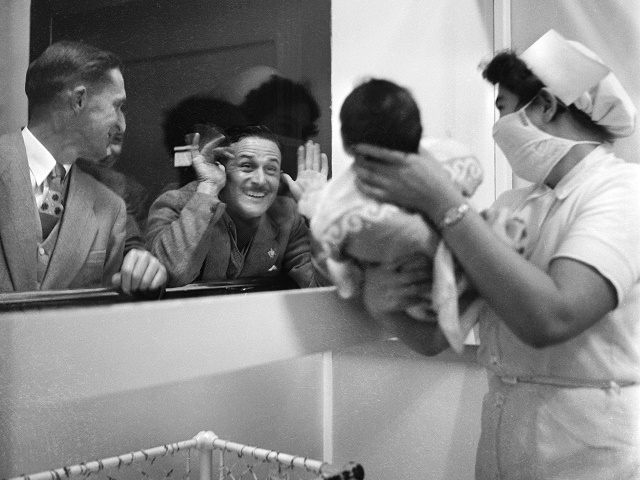Latest government maternity figures show the stark divide between the fertility rates of born British and new British mothers, and the accelerating rate of demographic change in the United Kingdom.
In a release of statistics for births in 2014, the government has revealed that while total national fertility dropped fractionally, the fertility of first generation migrant mothers has again risen, and now accounts for over a quarter (27 per cent) of all births in England and Wales. Most remarkable about this statistic is that by the latest known figures, foreign born women only account for roughly six per cent of the population, indicating that new arrivals are out-breeding women born in Britain two-to-one.
Explaining the differences, the Office for National Statistics statistical bulletin stated “women born in certain countries such as India, Bangladesh, Pakistan, and African countries may be associated with higher fertility”, while people who go to university “tend to have below average fertility”. Very nearly half of all children are now born out of wedlock – the highest figure ever.
The British fertility rate had by necessity stood at or above the 2.1 children per couple required to sustain a population for centuries until the contraceptive pill became widely available in the mid-1960’s. At that point, the fertility rate rapidly declined to 1.6 children per couple by the mid 1970’s, remaining around the level to this day. Unable to produce two children to replace every adult couple, the total population of the United Kingdom would have entered an irreversible decline had mass migration not propped up the nation over the past few decades.
Figures compiled by Migration Watch which consider the birth rate not only by first generation migrants but also their children, suggests that migration has accounted for 84 per cent of all population growth in Britain this century so far. As Breitbart London reported in November, this figure could rise to 100 per cent of all growth in 25 years, as the mortality rate of native Brits eclipses their will to reproduce.
The government figures revealed some other trends in British births, including the effectiveness of sex education and the retarding effect of women focussing on careers rather than families. In Britain for the first time women under the age of 20, when they are most naturally fertile, are now just as likely to have children as women over the age of 40 – the least naturally fertile group. Government policy discourages teenagers from having children, instead encouraging girls to go to university and to have careers, meaning childbirth is being increasingly left until middle age, which often calls for expensive artificial insemination techniques, and higher risk of birth complications.
While Britain presently appears content with using mass migration as a tool to combat a collapsing birth rate, other nations have settled on different approaches. Deciding to tackle the cause of low birthrates rather than the symptoms, Denmark is reversing half a century of western school sex education and is looking at a new programme. Rather than only teaching contraceptive techniques and abstinence, as has been the norm, Danish pupils will now also be taught how to have children, that fertility peaks while women are still relatively young, and that it halves aged thirty.
Denmark’s government also collects data about demographics differently to many other European nations, and assesses ethnicity rather than passport held, noting that only 89-per-cent of the population could now be considered as truly Danish. It is still too early to see whether the change in sex education will yield benefits as the birth rate continues to fall, presently standing at 1.7 children per couple. A fifth of all Danish couples will never have children – in 2012, only 57,916 new Danes were born, compared to more than 65,000 in 2008.
Follow Oliver Lane on Twitter: Follow @Oliver_Lane or e-mail to: olane@breitbart.com

COMMENTS
Please let us know if you're having issues with commenting.